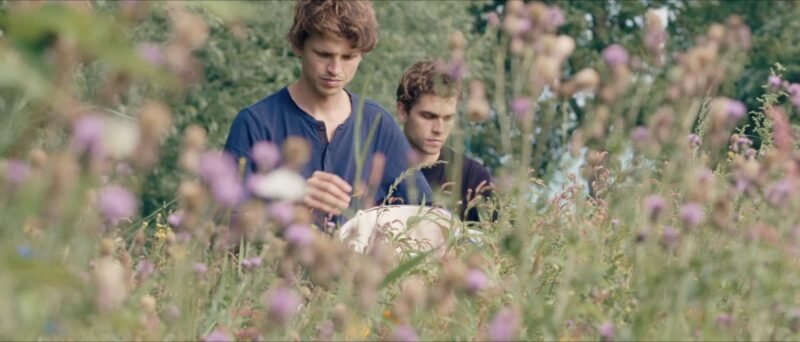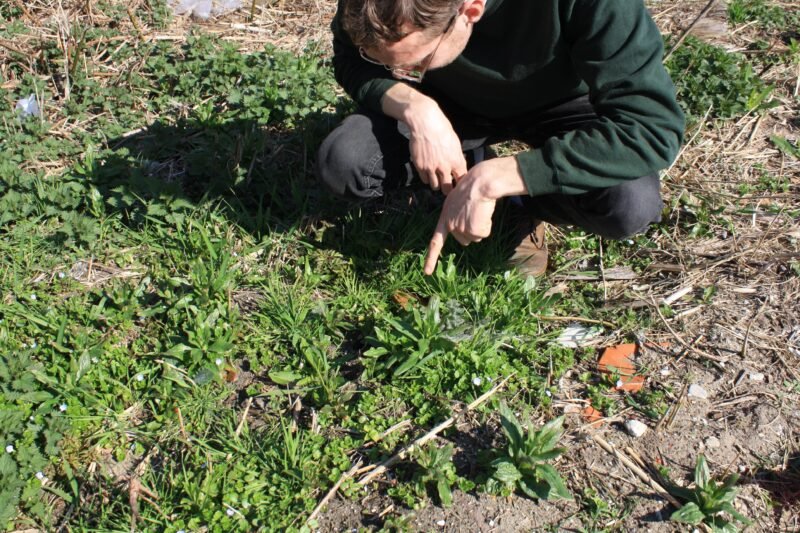Social Housing for Bees Brings Buzz Back to the City
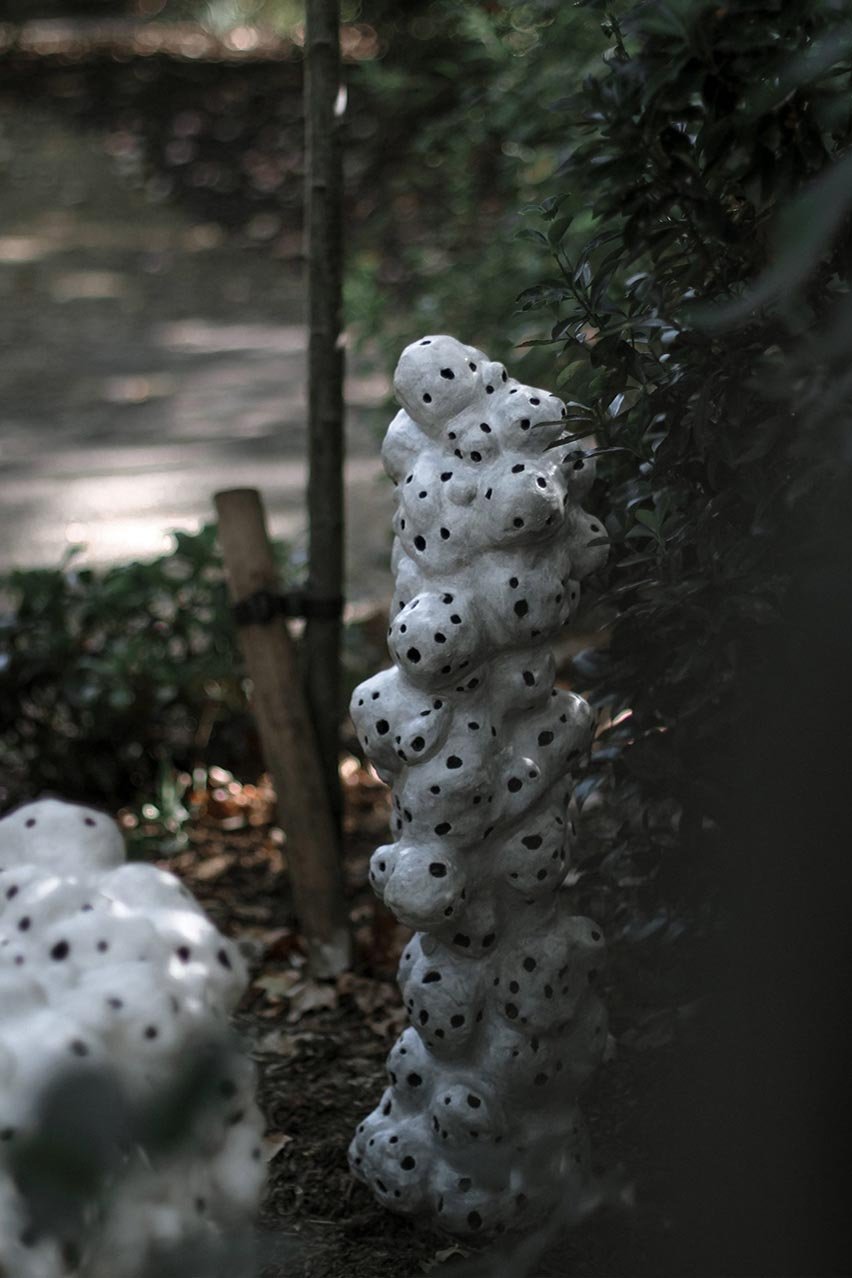
With diminishing insect populations, designers have started to find ways of making the city more hospitable to insects. This is social housing for bees that makes the city more homely for insects.
With the urban concrete jungle pushing insects out and forcing bees to travel farther and farther between green areas, we are facing decreasing insect- and, most alarmingly, bee-populations. But these projects have made a home for insects in urban areas to help get the city buzzing with insect life.

Refugio shelters by MaliArts in Mexico also aims to create a home for urban-dwelling solitary bees. As solitary bees do not belong to a hive or have a queen bee, they rely solely on the pollen and flowers they find themselves. These Refugio towers offer these lone pollinators everything they need in the harsh cityscape. The shelters are comprised of three dwellings, one for resting, one for nesting and one where bees can find food and water.
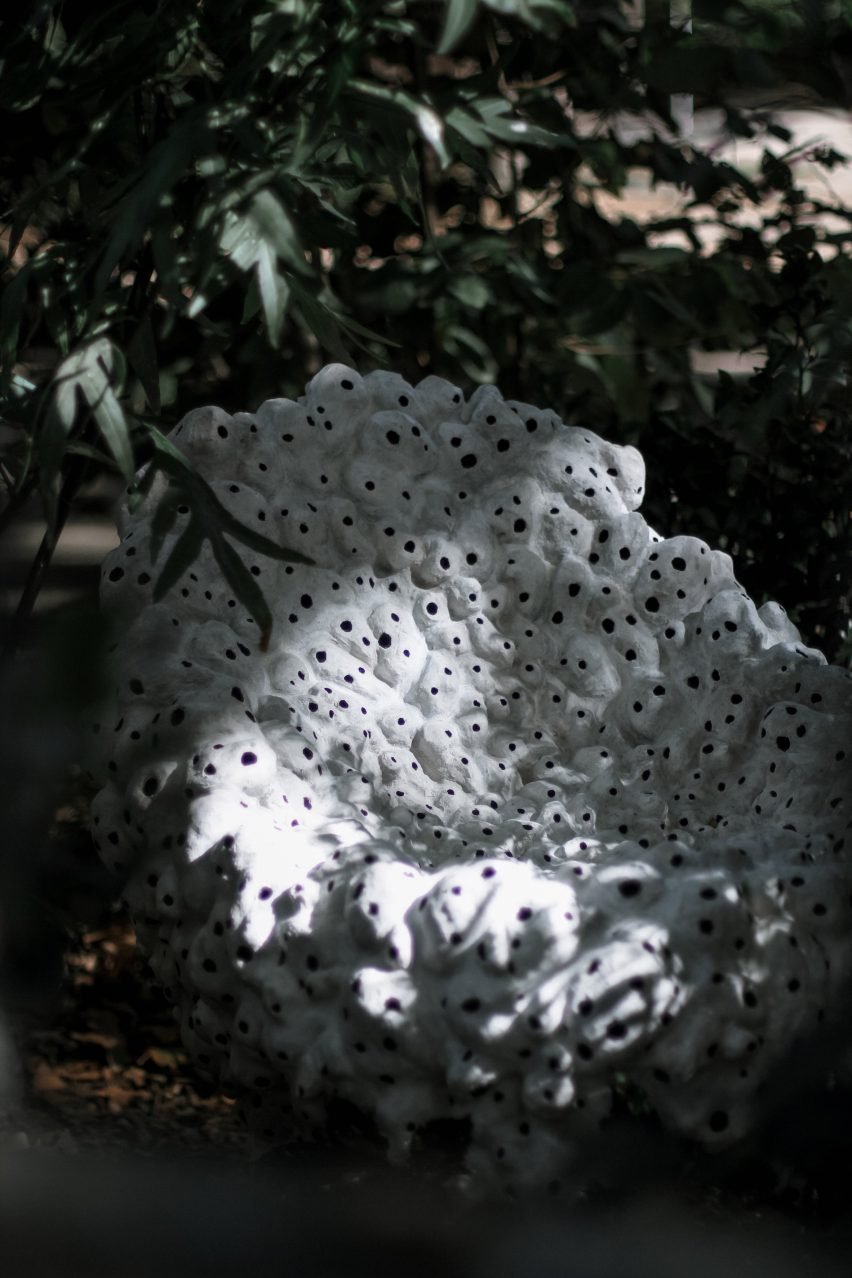
Marlène Huissoud has also created the “Please Stand By” chairs perforated with multiple 5-10 cm holes to house solitary bees, wasps, and butterflies. The “chairs” are made from natural materials, such as unfired clay and wood, and finished with a natural binder to weather-proof them. The designs ask humans to “Please Stand By” and observe nature and wildlife where there is often not a place for them.
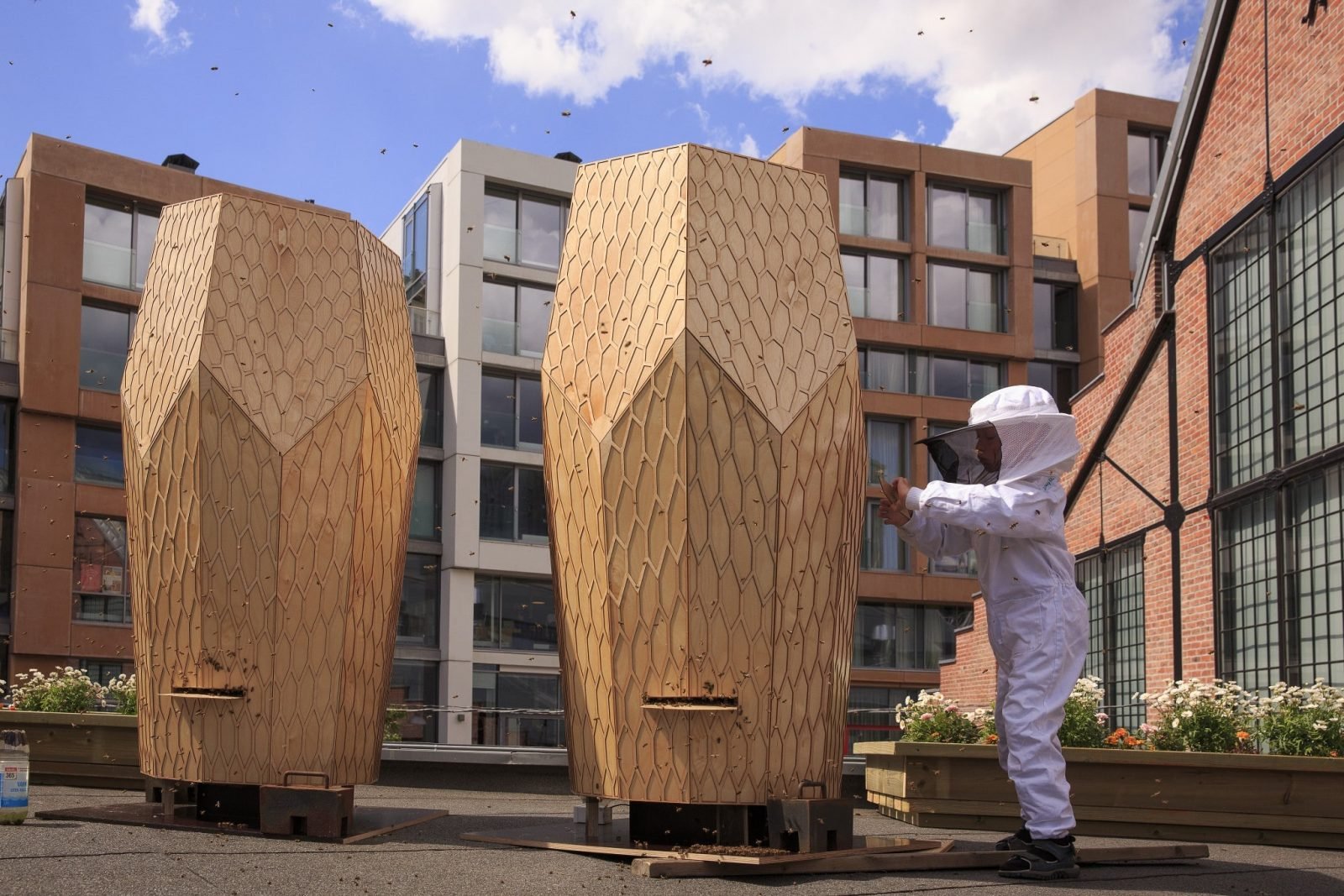
The Vulkan Bigård project above the food market Mathallen in Oslo, Norway aims to bring more bees to the city with their honeycomb-inspired beehives. The beehives by Snøhetta are also well-placed for the bees to get to nearby green spaces offering plenty of opportunities for pollination and honey production. The beehives and bee-keeping also offer the chance to educate visitors about the environment and bees’ involvement in particular.

These designs highlight the need for housing and shelter for insects and wildlife in urban areas. It shows how wildlife can be integrated into the cityscape with simple but innovate ways and encourages and reshapes human-animal relations in the city by putting co-living across species at the forefront.

